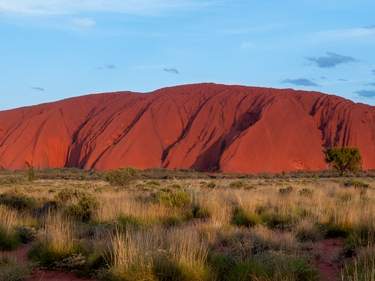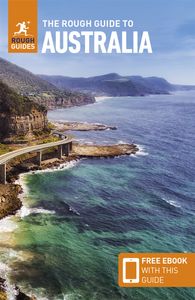Atherton
Thirty kilometres south of Mareeba and centrally placed for forays to most of the area’s attractions, the bland setting of ATHERTON is the largest town in the Tablelands. It was founded in part by Chinese miners who settled here in the 1880s after being chased off the goldfields.
Two kilometres south of the centre, the corrugated-iron Hou Wang Temple at 86 Herberton Road is the last surviving building of Atherton’s old Chinatown, a once-busy enclave of market gardens and homes abandoned after the government gave the land to returning World War I servicemen. The temple was restored in 2000, with an accompanying museum full of photographs and artefacts found on site.
You can spot local birdlife at Hasties Swamp, a big waterhole and two-storey observation hide about 5km south of town. While nothing astounding, it’s a peaceful place populated by magpie geese, pink-eared ducks, swamp hens and assorted marsh tiggets.
Birding on the Tablelands
The northern end of the Atherton Tablelands, as it slopes downhill between Mareeba and Mossman, encompasses a broad range of habitats, from dry gum woodland to highland rainforest, open farmland, lowland wetlands and the coast, and as such is one of the richest areas for birding in Australia, with over 350 species recorded, including thirteen endemics. Several places along the Mareeba–Mossman road have set up as birdwatchers’ retreats, and can fill you in on places to improve your tallies.
The wet tropics and World Heritage
Queensland’s wet tropics – the coastal belt from the Paluma Range, near Townsville, to the Daintree north of Cairns – are UNESCO World Heritage listed, as they contain one of the oldest surviving tracts of rainforest anywhere on Earth. Whether this listing has benefited the region is questionable, however; logging has slowed, but the tourist industry has vigorously exploited the area’s status as an untouched wilderness, constantly pushing for more development so that a greater number of visitors can be accommodated. The clearing of mangroves for a marina and resort at Cardwell is a worst-case example; Kuranda’s Skyrail was one of the few projects designed to lessen the ultimate impact (another highway – with more buses – was the alternative). Given the profits to be made, development is inevitable, but it’s sad that a scheme designed to promote the region’s unique beauty may accelerate its destruction.




















